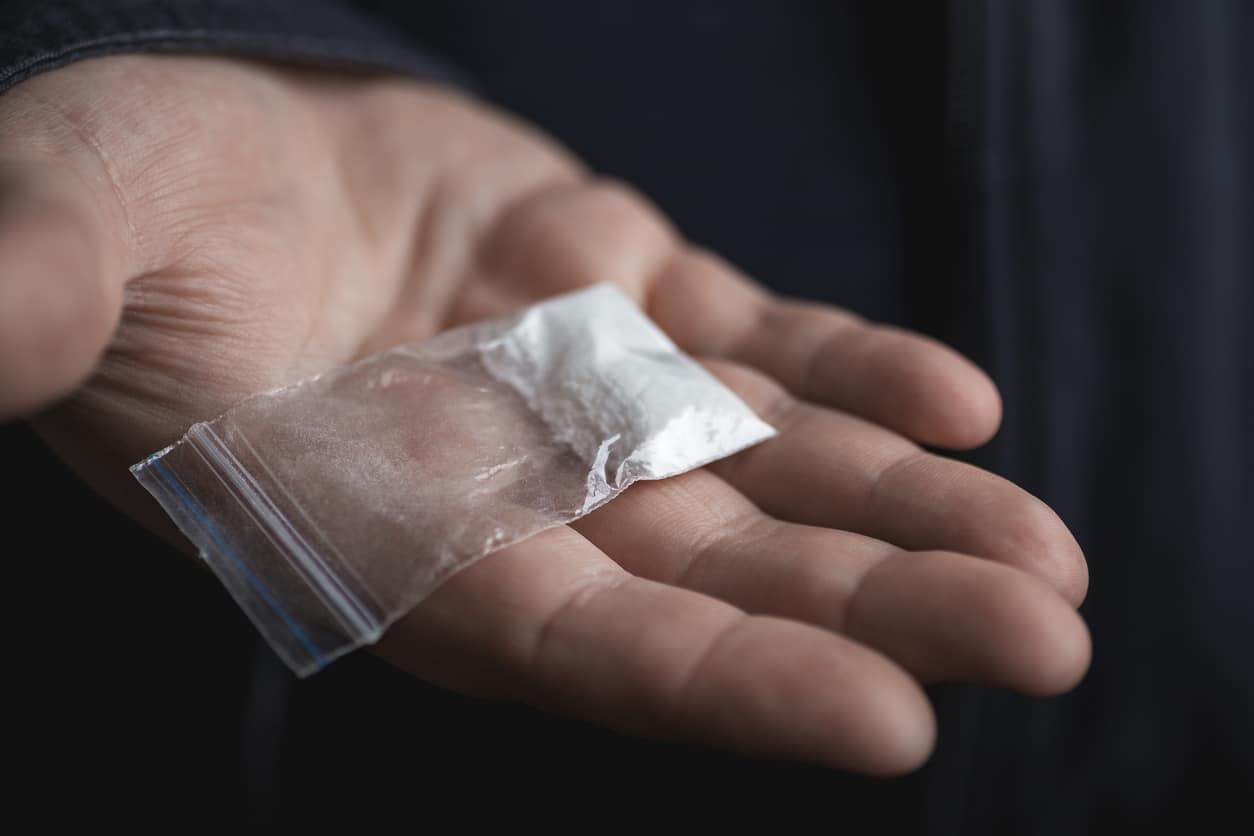Cocaine
This popular ’80s drug is making a dangerous comeback
Cocaine: What You Need to Know
With the spotlight focused — deservedly so — on the opioid crisis in recent years, a new generation of cocaine users has quietly emerged. Perceived as less dangerous than other drugs because it’s been largely left out of pop culture and current media coverage, the drug’s dangers have often been underestimated. As a result, there’s been a marked increase in cocaine-related deaths.
Not only has production of cocaine increased steadily, particularly on the East Coast and in the South, but this powerful stimulant is often cut with other substances including fentanyl, which increase its potency and, by extension, its risk, because users might not be aware of its presence.
Derived from the leaves of the coca plant native to South America, cocaine has been used for legitimate medical purposes, including localized anesthesia, in the past. Given its powerfully addictive nature and harmful side effects, recreational use is illegal. Cocaine can be taken a myriad of ways. Some people snort the substance in powder form through the nose, while others rub it into their gums. It can also be injected into the bloodstream by dissolving the powder or pairing it with heroin, which is known as a speedball. Cocaine can also be smoked like a cigarette or heated to produce vapors that are inhaled in the lungs. This particularly potent form of cocaine is known as crack.
Regular cocaine users who want to maintain a consistent high will “binge” the drug by taking it repeatedly within a short period of time at increasingly higher doses. Not surprisingly, once someone builds up a tolerance, the feeling of euphoria isn’t achieved without more of the drug.
Effects of Cocaine
- Short-term boost of energy and mental acuity
- A brief window of Intense feelings of happiness
- Hypersensitivity to sight, sound, and touch
- Irritability
- Paranoia, sometimes extreme, and mistrust of others
- Nausea
- Increase in body temperature
- Fast or irregular heartbeat
- Restlessness
- Dilated pupils
- Tremors and muscle twitches
- Loss of smell, problems with swallowing for those who snort cocaine
- Respiratory distress, asthma for those who smoke cocaine
- Severe bowel decay for those who consume cocaine by mouth
- High risk for HIV and hepatitis C, skin infections, and collapsed veins for those who inject cocaine
- Lack of impulse control and weakened inhibitions

Featured Article: Cocaine's Comeback
Whether cocaine ever really went away or it’s making a comeback among young adults, cocaine is as dangerous as it ever was.
Admissions
Our experienced, compassionate Admissions team is here to help 24 hours a day and will treat you with the dignity and respect you deserve. Let our specialists help you create a road map to get you where you want to go: a healthier, more balanced, fulfilling place in life. When you call, you’ll be led through a series of questions to determine if the Claudia Black Young Adult Center is the right fit for your needs, and how soon your treatment can begin.
If you are interested in treatment for yourself or a loved one, call or fill out our convenient Admissions form!
CONTACT OUR ADMISSIONS OFFICE
 855-333-6075
855-333-6075
OR COMPLETE AN ADMISSIONS CONTACT FORM
Click below to start the admissions process today

